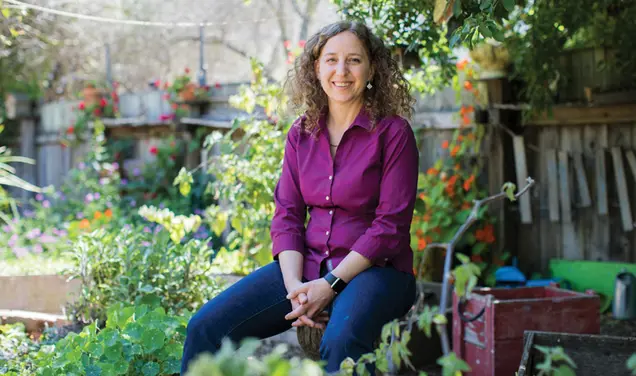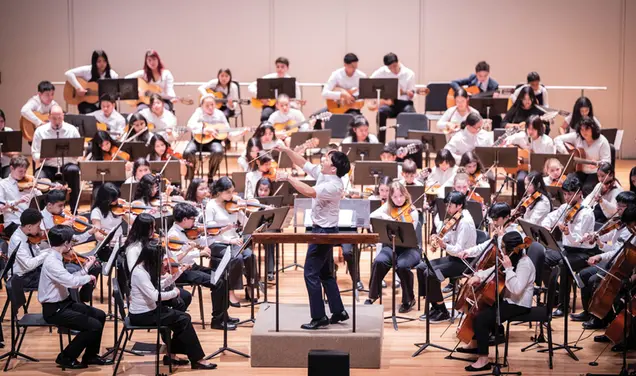An engineer in civilian life, Lt. Comdr. Pierce, USNR, has been serving with the Seabees. The opinions expressed in this article are his private ones and are not to be construed as official or reflecting the views of the Navy Department or the naval service at large.
When members of the Class of 1927 are gathered together at a reunion at Princeton someone invariably asks if anyone has heard from Chuji Kabayama since 1925 when he left Princeton to continue his education at Oxford. Chuji entered Princeton in 1923 from Lawrenceville School. After studying at Oxford, he returned to Tokyo and that, so far as I know, is the last that was heard from Chuji by any of the members of our class. The popularity he enjoyed at Princeton is evident at each reunion when his name comes up for discussion and conjecture.
During the war I, and I am sure many of my classmates, have wondered more than ever about what Koby was doing. In the early days at Leyte Gulf in the Philippines I often wondered if he could possibly be flying one of those planes that seemed to be seeking me out as Military Objective No. 1. [Kabayama’s roommate during sophomore year was a fellow Lawrenceville alumnus, James M. Large (1928). Comdr. Large was on the aircraft carrier “Princeton” when it met its end, and is executive officer of the new “Princeton.” — Ed.]
On the first of October, 1945, barely six weeks after we had stopped shooting at each other, I found myself driving a jeep past a sign which announced that I was then entering Tokyo “through the courtesy of the First Cavalry Division.” Of course, I sought out my old friend and classmate.
In my search I met a Japanese, M. Y. Inomata, who had spent eight years in New York City. He suggested that we look up Chuji Kabayama in the Japanese “Who’s Who.” Sure enough we found him. We learned that he was engaged in many businesses: Domei, Toho Movie Do., Horai Tank Car Co., Central China Movie Co., and Chuyoda Insurance Co.
Inomata telephoned those of these companies which could be reached by telephone (many telephone exchanges had been bombed out). After much jabbering Inomata told me that Kabayama had been living with his father, Count U. Kabayama, in Tokyo but that the house had been burned down and they were no living at 534 Higashi Koiso, Oiso-machi.
Oiso is about fifty miles from Tokyo and about twenty-five miles from Tokyo and about twenty-five miles from Yokohama where the ship on which I was traveling was berthed. The following day I took a train for oiso. That trip in itself was a strange experience. Since the trains are operated by the Japanese government there was no charge to the conquerors and I just walked through the gate. Unarmed, I boarded a train, crowded with many Japanese to the point of standing room only. It was not unlike the New York subway. I saw only one other American soldier on the train…
The Japanese were most helpful in interpreting their station signs and told me when we reached Oiso — and this helpfulness barely six weeks after we’d been at one anothers’ throats. At Oiso the station master furnished me with a guide who showed me to the Count Kabayama’s house. We walked possibly half a mile along a path not wide enough to accommodate a car. The path was lined on either side with thick Japanese hedges and bamboo fences screening in the many houses of the village.
The guide had shown me to the back door and soon Chuji’s charming wife was summoned. She very graciously invited me in…Soon Count Kabayama entered. He explained the Chuji was in Tokyo where he was engaged in his “cinema” business. Count Kabayama is a man eighty years of age and a wise old philosopher. He came to the United States for his education at the age of fourteen and was eventually graduated from Amherst. I was curious, even to the point of being indiscreet, about the Japanese point of view on the war, so I attempted to draw the count out on the subject.
Count Kabayama explained to me that through her long history, Japan has been founded on the feudal system. During that period there were always fifteen or twenty feuds in progress between the feudal lords; some were inconsequential, but some assumed major proportions. It was only in 1868, when the new, enlightened government was established, that Japan began to get away from the feudal lords combined to form the militaristic class.
The Manchurian incident in 1931 was nothing more than the beginning of another feud, on a larger scale, assuming continental proportions. With success in Manchuria, the militarists became stronger and turned to greater conquests and the effort to establish their “Greater East Asia Co-Prosperity Sphere.”…
Count Kabayama said that Japan had been digging her own grave during the past fifteen years. A broad education was no longer permitted as the militarists gained power and prestige. Students learned only about Japan. To maintain lasting peace, Count Kabayama feels that the future educational program must be broadened, and a democratic form of government must be established. The people of the Western Hemisphere and the people of the Eastern Hemisphere must become better acquainted with one another.
When it was time to leave, I made arrangements to meet Chuji in Yokohama the following day…
The next morning Chuji was waiting when I arrived at the Yokohama Central Station. We walked to the New Grand Hotel which has been taken over lock, stock and barrel by our armed forces. Chuji knew the Japanese manager who showed us to his room where we sat through the morning talking about Japan, the United States, the war and Princeton. Chuji was deeply moved when I talked him about his friend and classmate, Eddie Eckerson, killed while operating aboard the hospital ship “Comfort” when a suicide dive bomber smashed into the ship.
He told me about the efforts that he, and particularly his father, had made to induce the emperor to sue for peace during the past year. He said that there was quite a movement in that direction within Japan, but that those Japanese engaged in the movement had to work quietly and secretly so that the militarists would not become aware of the movement. Chuji said that they were almost successful after Saipan, which would place it after June 15, 1944.
Before the war started in 1941 many Japanese were opposed to conflict with the United States and were making an effort to maintain peace right up to December 8, the date, Japanese time, of the strike on Pearl Harbor. Chuji said that he and his father, along with most other Japanese, did not know of the proposed strike until after it had occurred. At that time the Japanese were told that Secretary Hull had issued an ultimatum in his note of November 26. The wording of the note, however, does not remotely indicate that any ultimatum was intended. It was an effort to establish a foundation for further negotiations.
Chuji said that his home was raided by the Japanese gestapo, but that they were unable to find any evidence of his activities for peace. He said that he had listened to our armed forces radio twice and that he had read many of our leaflets dropped from planes. “And the funny thing is that I used to agree with them, but I couldn’t talk about it much,” he said. “It was too dangerous.”
I never did find out why he was not compelled to be more active in the war effort, but then there appeared to be many Japanese of military age who had not been in the armed forces. Chuji’s eldest son (he has two sons, 14 and 12, and twin daughters, 6 years old) had been compelled to work in a war factory, however…
Chuji thinks that MacArthur’s policy for handling the occupation of Japan is “wonderful.” He expressed the wish that I could understand Japanese for, if I could, I would overhear conversations among all classes on the Japanese trains expressing the thought that it was really a good thing that Japan was defeated for the Japanese have learned something of how to take her place among the nations of the world. It was a new thought to me, but the United States has liberated the Japanese. Just as we liberated the Philippines from the brutal tyranny of the Japanese, we have liberated the Japanese from the despotism of the Japanese militarists; and I think many Japanese feel this way.
There has been some criticism of our “soft-handed” policy in the occupation of Japan. I have heard it said in astonishment, “Why, the Japanese are treating our troops like tourists!” True, but that is because our troops are tourists. But it is all right. The Japanese people and the American people are becoming better acquainted. There has been almost no looting of private property by our troops in Japan. It has taken the Japanese by surprise because he was taught to expect that our occupation troops would be brutal. The Japanese could well believe it, because, weren’t their own soldiers despotic even among their own people? As things stand now, the American G.I. is our ambassador of good will in Japan, and there is a surprising degree of cooperation between victor and vanquished. I was told that the G.I. is the greatest topic of conversation among the Japanese. They are amazed to find him so “amiable.”
True, there is no outward sign of regret among the Japanese for the war, but everywhere there are sincere indications of welcome, helpfulness, and cooperation — just as there were after the liberation of the Philippines. Just after I passed the sign which said that I was entering Tokyo “by courtesy of the First Cavalry Division,” I saw a large sign on the front of a Geisha House which read, “Welcome Americans.” Right next to it there is a smaller sign which says, “Off Limits — By Order of the Provost Marshal.”
This was originally published in the November 9, 1945 issue of PAW.










No responses yet